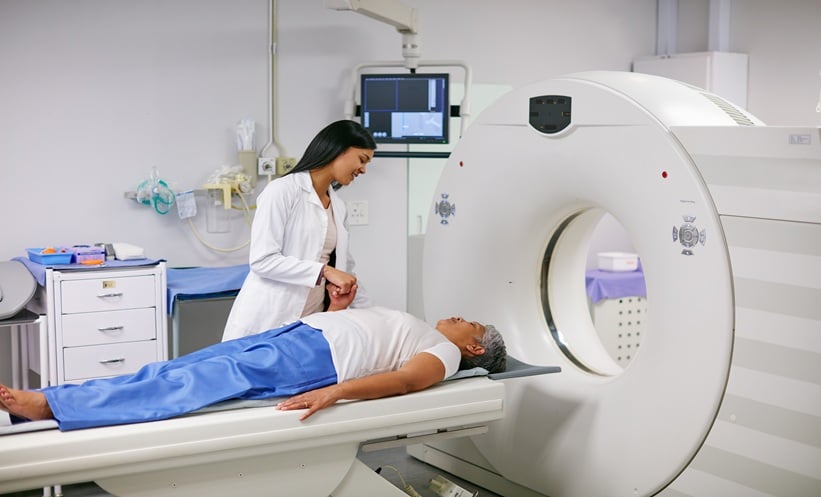At the IURES 2025 Congress held in Muğla, Turkey, researchers from Afyonkarahisar Health Sciences University presented the results of a six-year retrospective study examining the clinical, laboratory, and pathological characteristics of patients with testicular tumours.
Testicular cancer is one of the most common malignancies among young men. The disease has a high cure rate when diagnosed early and treated appropriately. Biological and behavioural differences between seminomatous and non-seminomatous germ cell tumours play a key role in treatment planning and prognosis. Therefore, detailed evaluation of these tumours’ clinical, pathological, and laboratory profiles is crucial for accurate staging and optimal management.
Study Design and Patient Characteristics
The study analysed data from 135 patients who underwent inguinal orchiectomy at the university’s urology department between 1 January 2019 and 1 September 2025. Of these, 56 patients were diagnosed with testicular tumours, while the remainder had non-malignant conditions such as abscesses, atrophy, inflammation, or lymphoma. Patient age, surgical side, reason for presentation, histopathological diagnosis, tumour stage, and adjuvant therapy status were assessed.
The mean age of patients with testicular tumours was 33.2 ± 11.6 years, with slightly more right-sided involvement (57.1%) than left (42.9%). The predominant symptom was scrotal swelling (87.5%), followed by pain (8.9%). Histologically, 46.4% of tumours were seminomas and 53.6% were non-seminomatous germ cell tumours. Among the non-seminomatous group, mixed tumours were most common (73.3%), while embryonal carcinoma and teratoma accounted for smaller proportions. Pathological staging showed 33.9% of tumours were T1, 57.1% T2, and 7.1% T3, with no T4 cases reported.
Discussion and Clinical Significance
In the discussion, the researchers noted that the distribution of seminoma and non-seminomatous tumours closely mirrored global data. However, non-seminomatous tumours appeared in younger patients, showed faster progression, and demonstrated higher metastatic potential, particularly in mixed-component cases.
The team concluded that early diagnosis and comprehensive evaluation of clinical and pathological parameters remain essential to improve outcomes in testicular cancer and support personalised, stage-based treatment planning.
Reference
Eren B et al. Testis tümörü olgularının klinikopatolojik değerlendirilmesi: tek merkez analizi. IURES 2025; Mugla, Türkiye.







